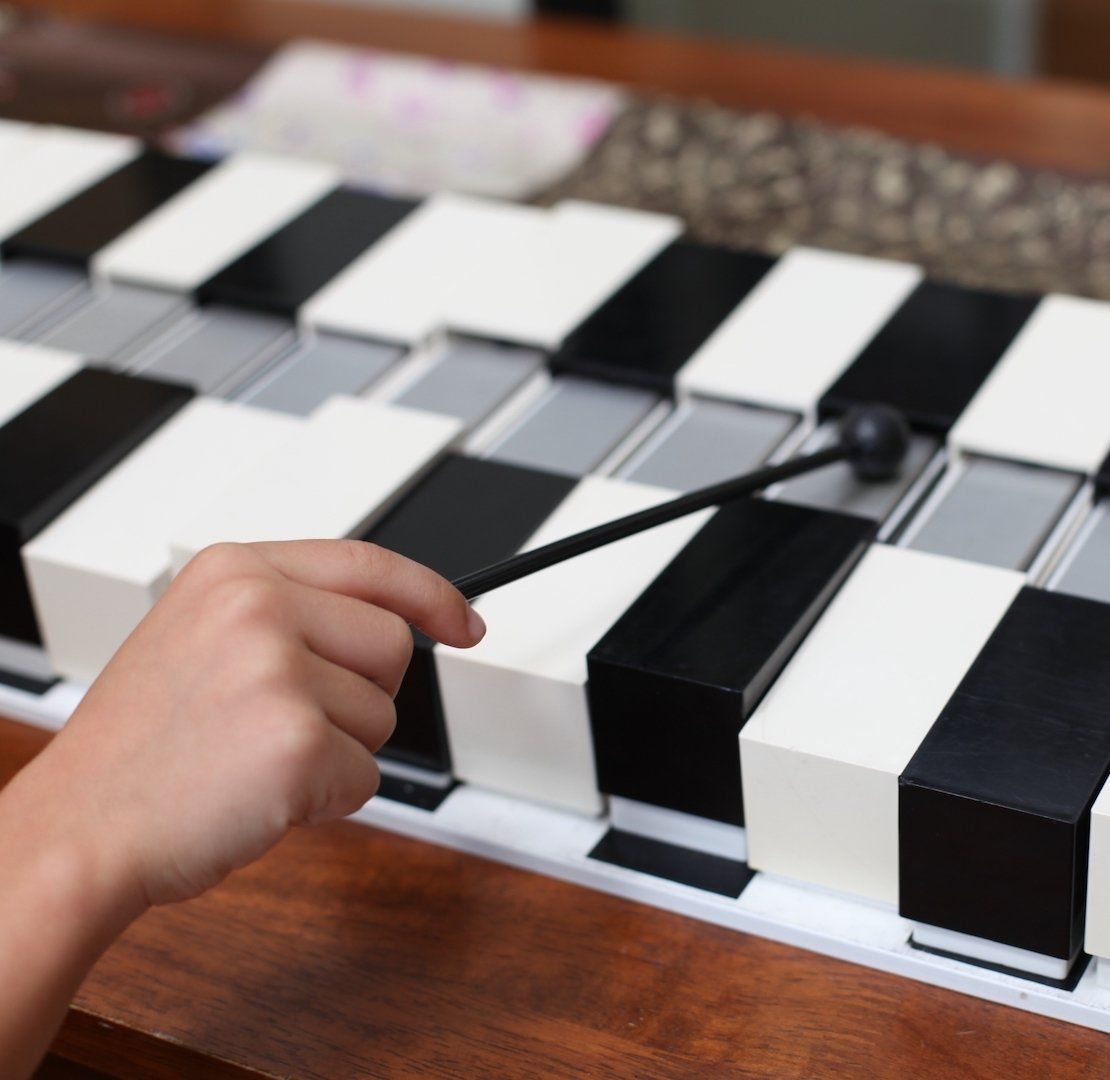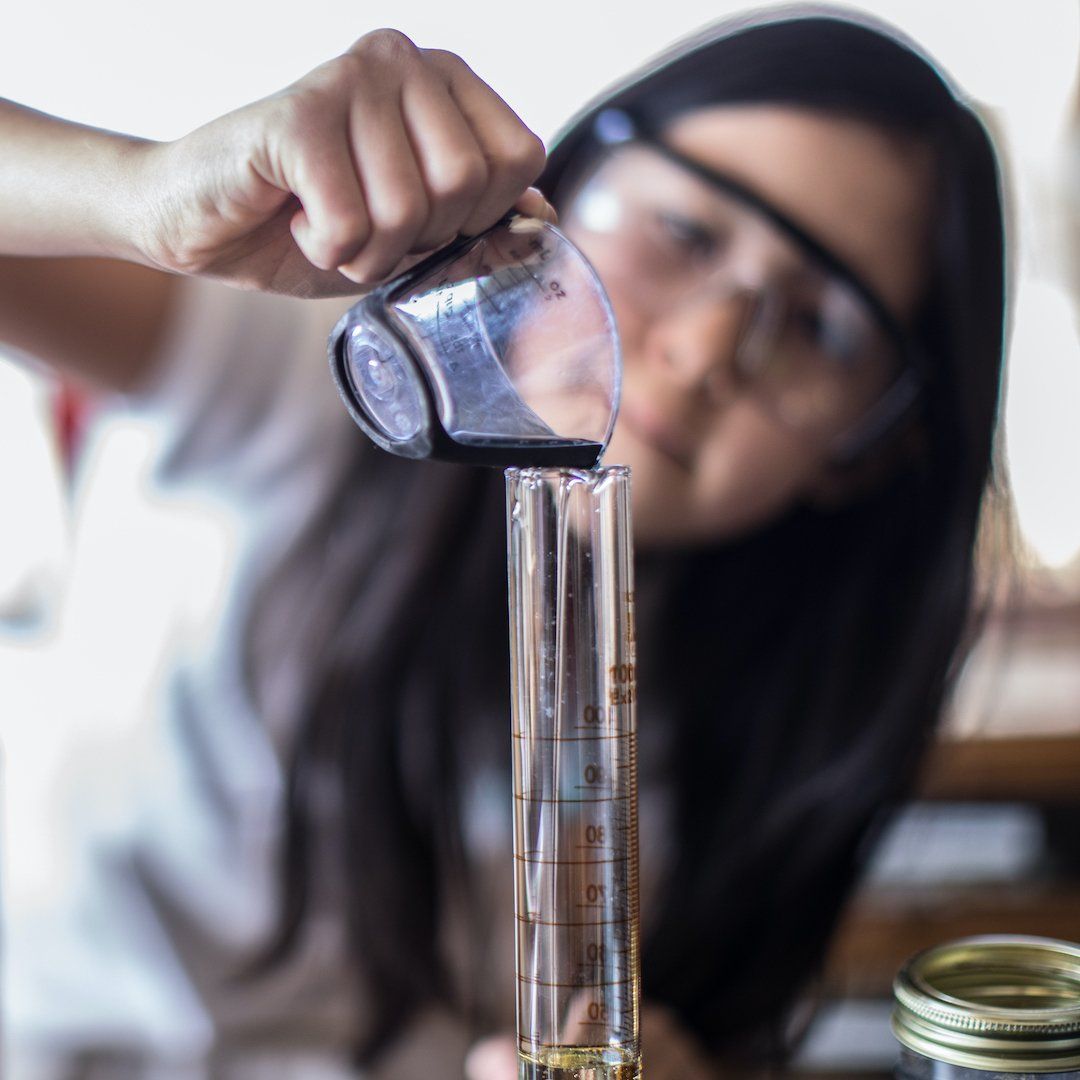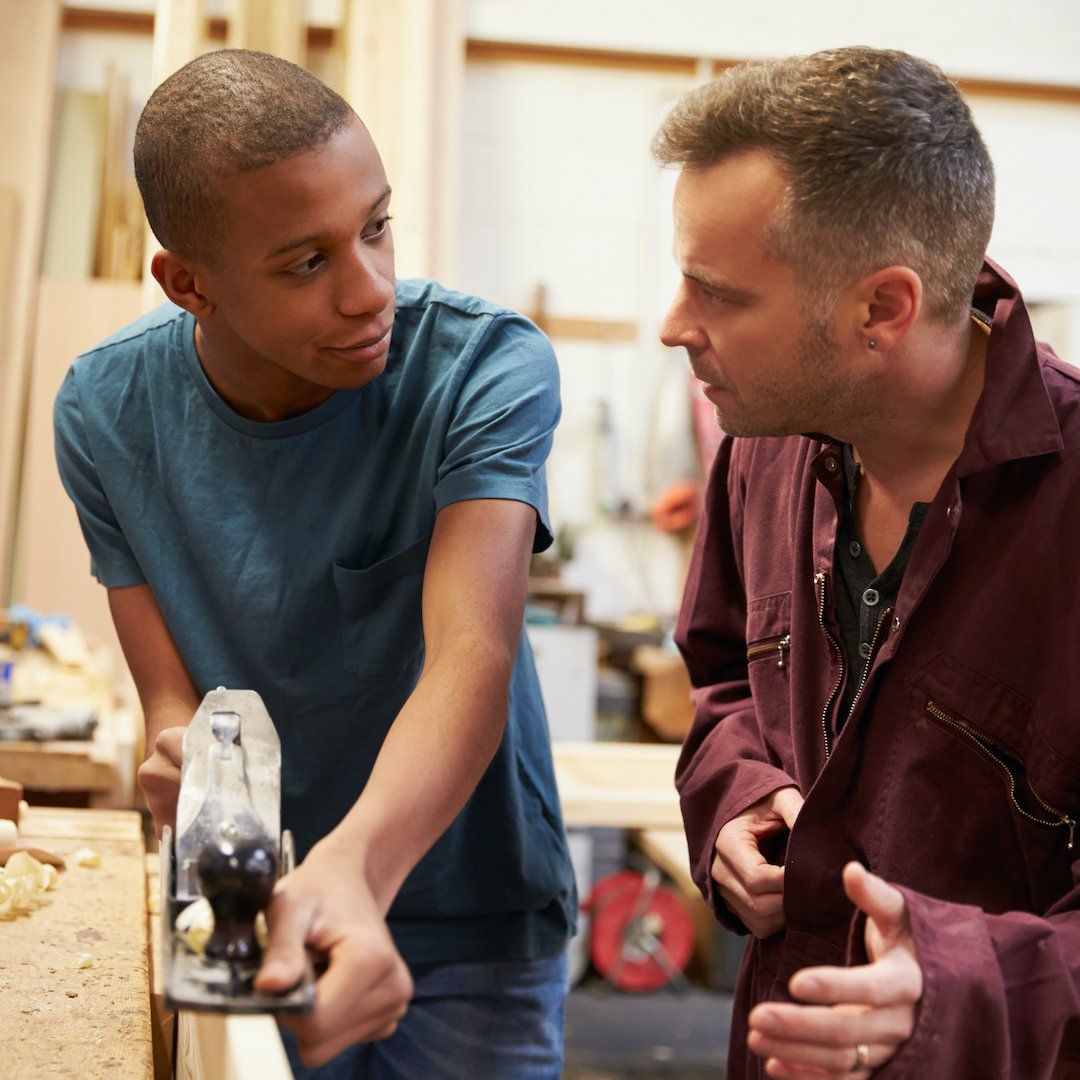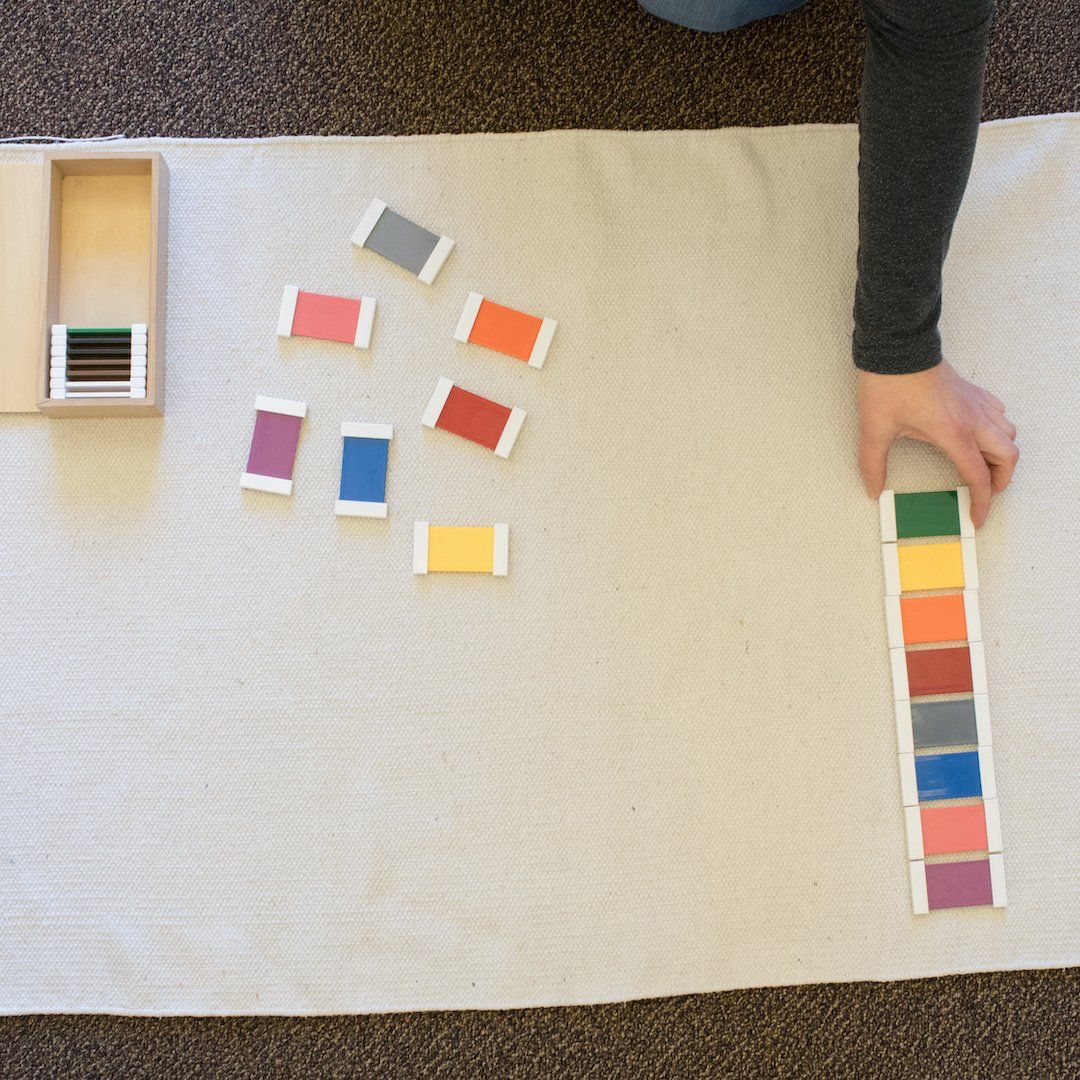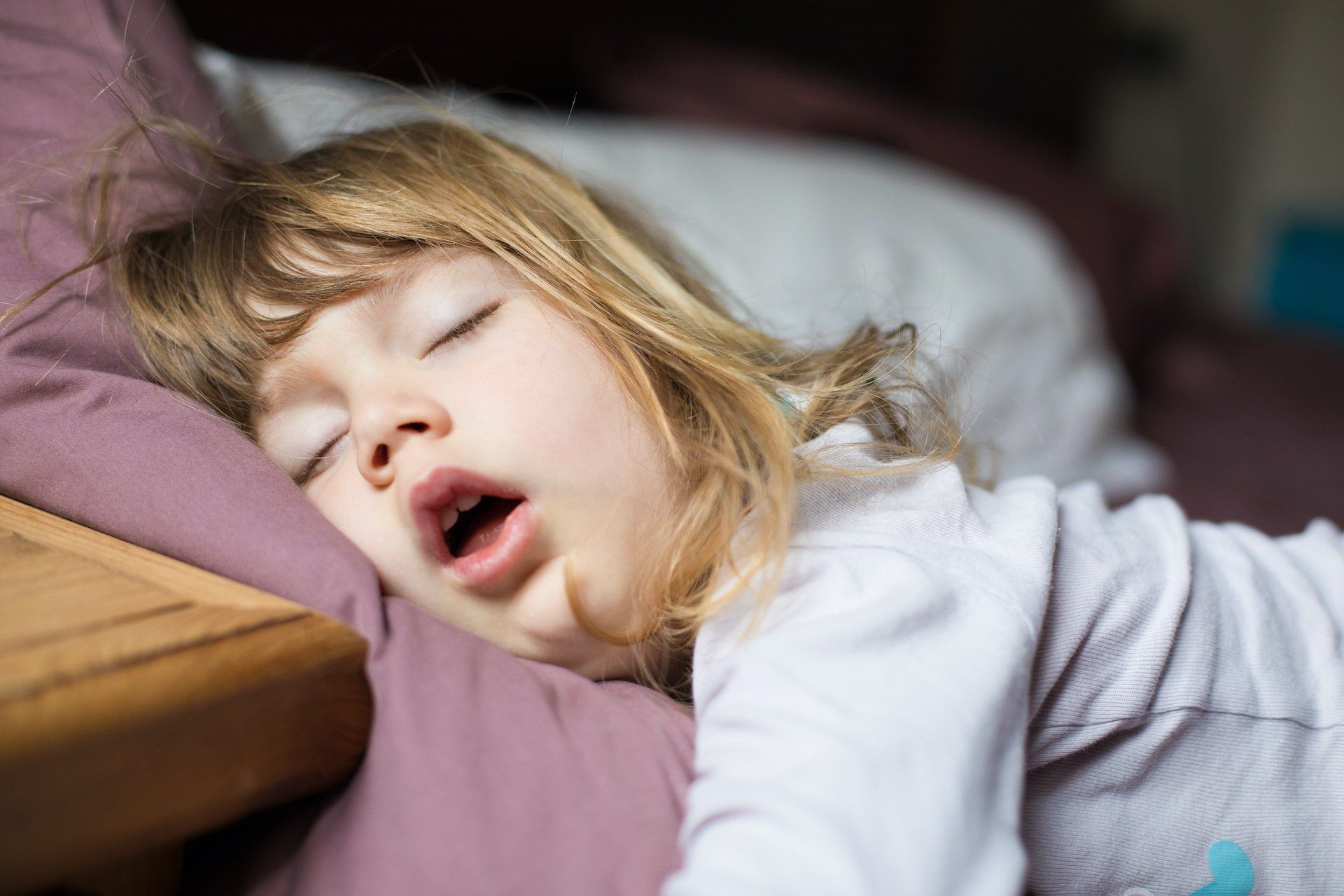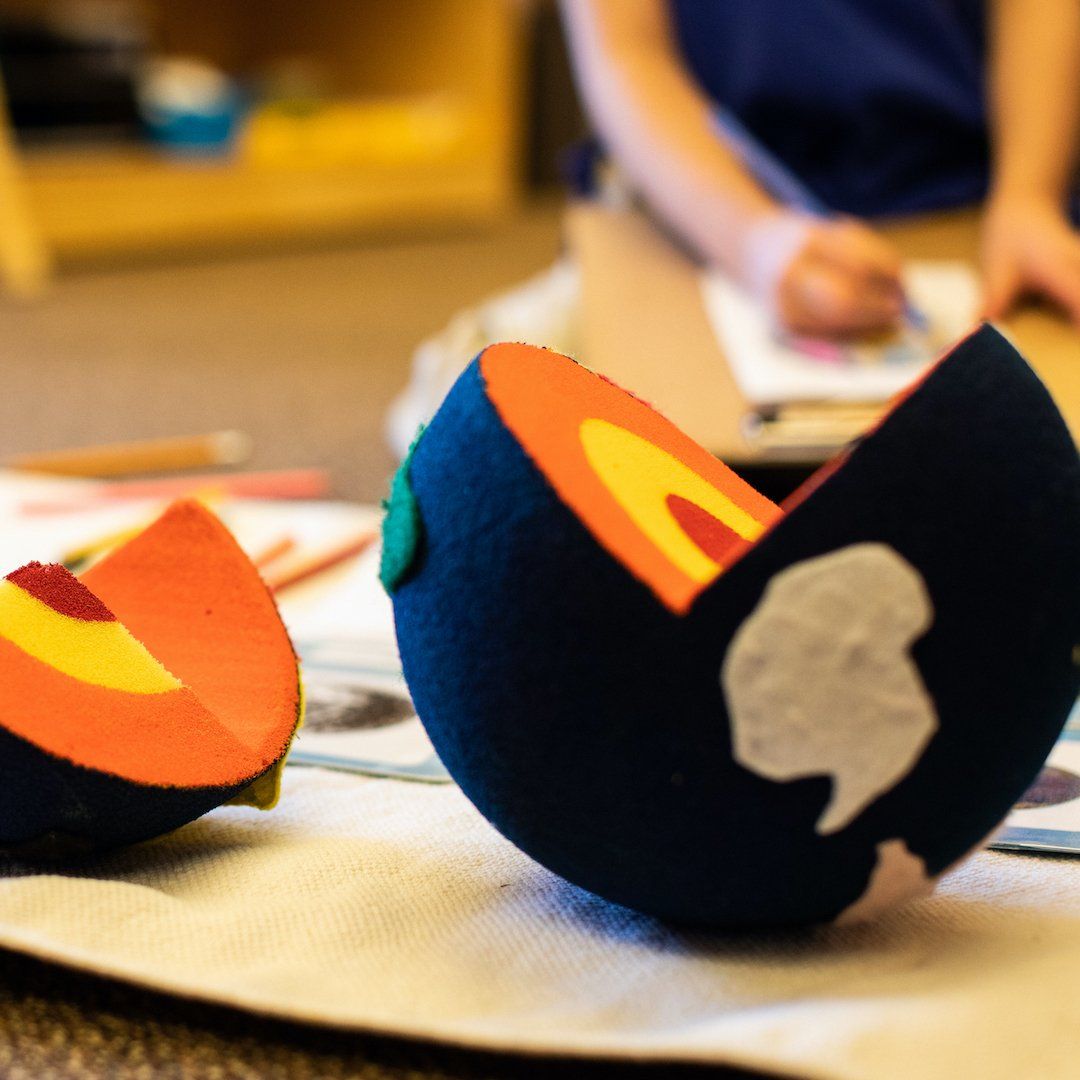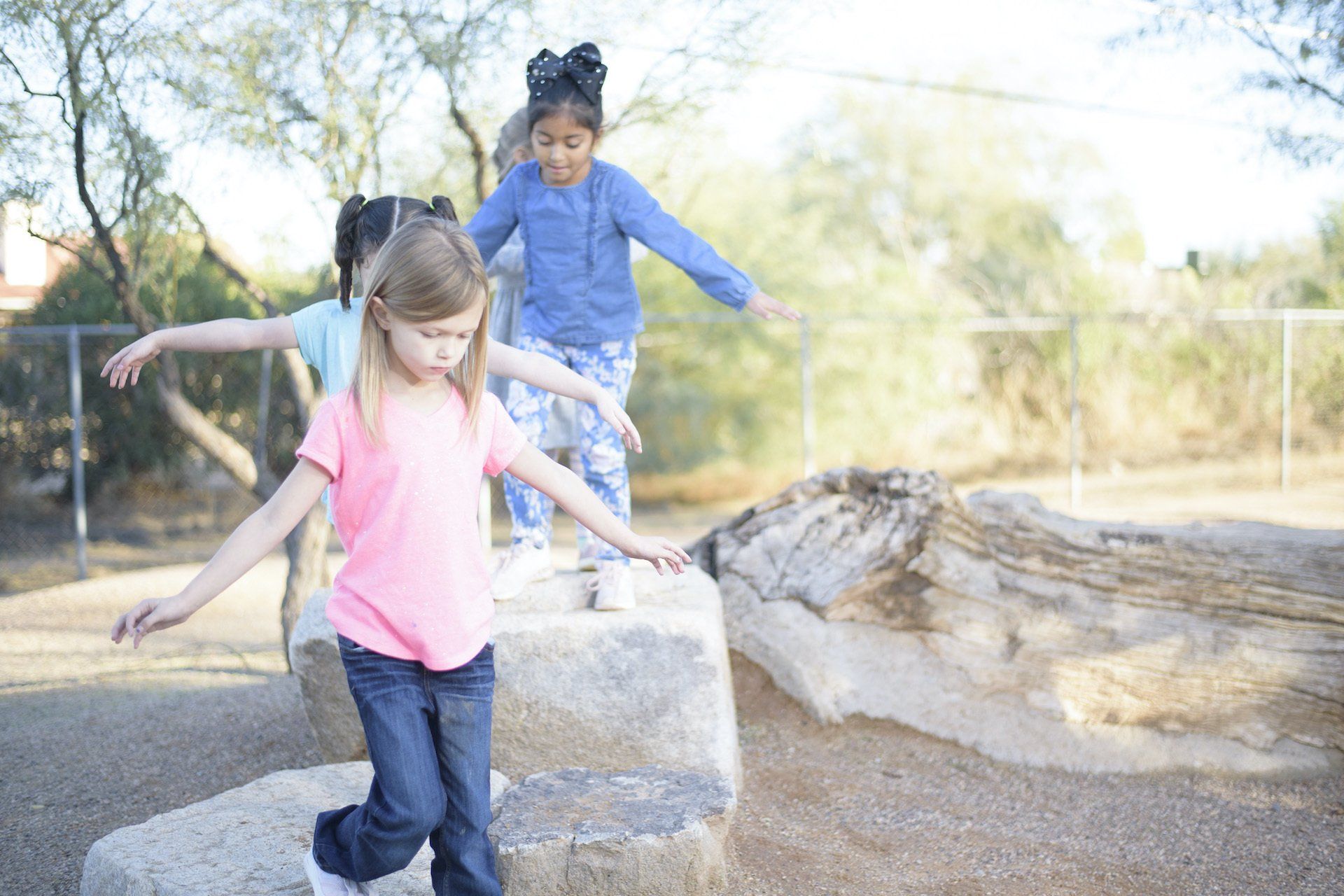Toothbrushing for Toddlers!
Toothbrushing for Toddlers!
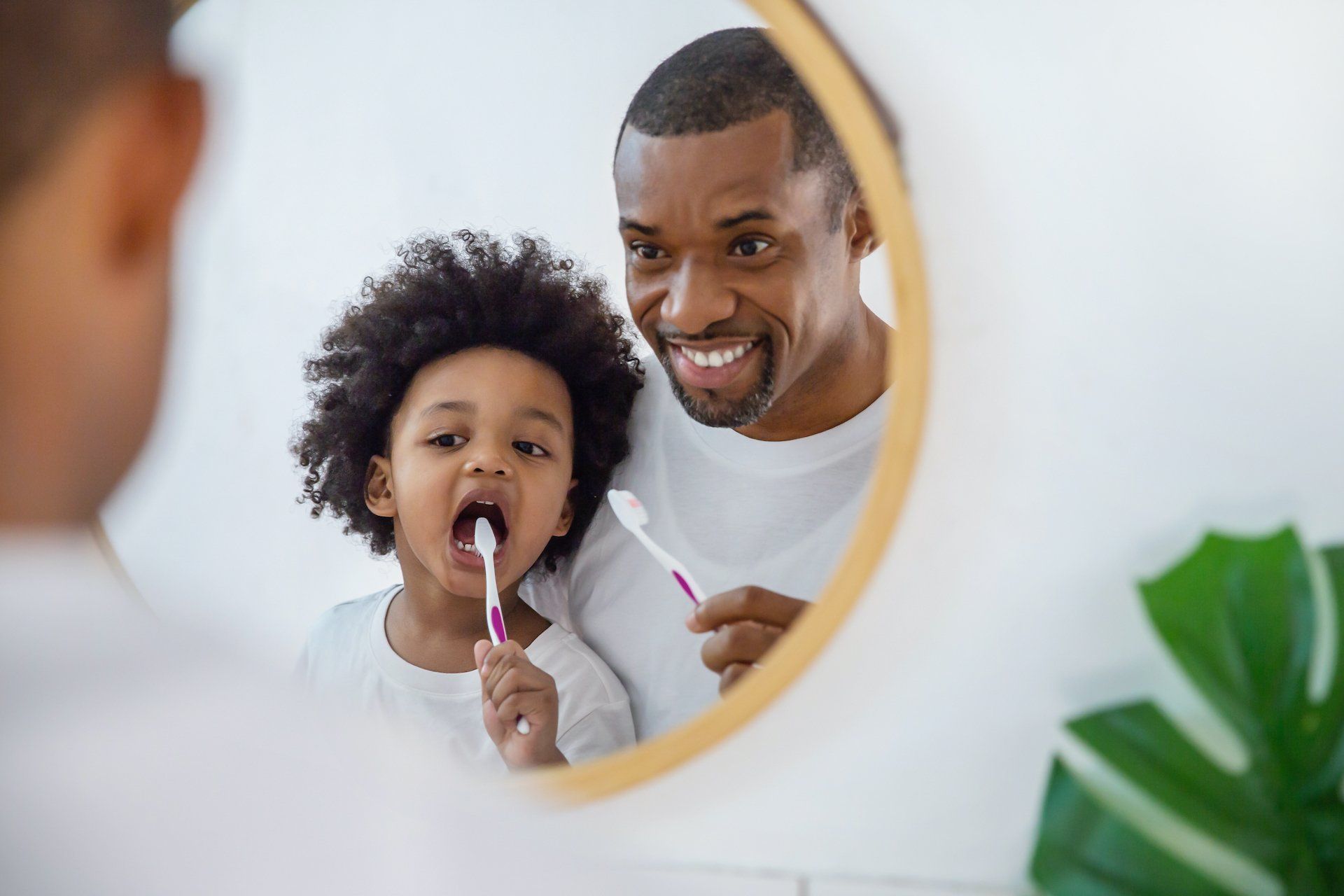
In Montessori, we put a lot of emphasis on young children learning basic self-care skills. A big part of self-care is something we do every day, at least twice a day: brushing our teeth! This is a tricky one, though, because we want to teach independence while also ensuring that our children’s teeth are clean and cavity-free.
Because COVID has brought about some shifts in the practical life activities that traditionally happen in our early childhood classrooms, we thought we would combine a “materials spotlight” with a little “how to at home.”
It’s important to remember that when we introduce toothbrushing, we are not only helping young children develop lifelong oral hygiene habits, but we are also helping them develop a sense of capability. As parents and caregivers, we partner in the process so that years later our children haven’t become dependent upon us for a necessary skill.
In showing and supporting toothbrushing, we want to really isolate and slow down each part of the process. As adults, we often move quickly through the activity. We don’t have to think about the separate steps of what we are doing, because we can rely upon habit and muscle memory. Young children, however, are consciously working through each component. Thus, we have to be very intentional about demonstrating the procedure. In the process, we also highlight what we call “points of interest” which are like little benchmarks that focus children’s attention and help them remember key components.
As with all practical life activities, we want the experience to be meaningful and embedded in a real-life context. Thus, we introduce toothbrushing when it makes sense: after eating!
After enjoying a snack or a meal, we invite a child to the sink to brush their teeth. We often make a point of noticing that we have just eaten and want to clean our teeth, so the child makes the connection of why we are going to use a toothbrush.
Small travel-size toothbrushes work well for children. The toothbrushes can have a case or small enclosure for the toothbrush head and some way to designate which brush belongs to which child (such as a photo of the child). We start by modeling taking our own toothbrush out of the holder and placing it on an empty tray.
Depending upon the child and their age, we might have the child try each step right after we show it. Or if the child is a little older, we may show a series of steps and then invite the child to try. One of the gifts of Montessori is that we can tailor each activity to a child’s needs and temperament.
After the child takes their toothbrush and puts it on the tray, the adult selects a toothpaste container and shows how to open and close it. Because we want the child to only use a small amount of toothpaste, it can be helpful to prepare individual portions of toothpaste. Contact lens holders work quite well for this.
After demonstrating how to select, then open and close the toothpaste container, the adult places it on the tray with their toothbrush and invites the child to select their own toothpaste container, open and close it, then place it on the tray. One critical detail is closing the toothpaste container. We aren’t ready to use the toothpaste yet, so having the container closed helps communicate that we aren’t ready to use toothpaste. We are just making sure that the child knows how to access the toothpaste.
At this point we are getting everything set up, so we want to have the layout prepared for all the steps, including rising our mouths with water after toothbrushing. In the classroom setting, we’ll often have a small pitcher of water and small glasses turned upside down, but at home often just a small glass will suffice. Ideally, the glasses look different from regular drinking glasses because this water will be used for rising rather than drinking. Because this process often happens in the bathroom, small stainless-steel cups work well. Regardless, we next select a glass or cup and pour a small amount of water from the pitcher into it so that the cup is about 1/4 full. We place the cup on the tray with our toothbrush and invite the child to pour water into their own cup and place it on the tray.
Now that everything is set up, we open the toothpaste container and leave it open on the tray. We pick up our toothbrush and wipe bristles into toothpaste. It can be helpful to show how to hold the toothpaste container with one hand while getting toothpaste on the bristles of the brush.
We then place the toothbrush down on the tray and use both hands to close the toothpaste container. The child can also have a turn preparing their toothbrush with toothpaste.
The materials are ready, so it is time to demonstrate brushing teeth! This is best done slowly and with a wide-open mouth. We start on one side, perhaps the left, brushing our top teeth with clear, deliberate downward strokes. We then pause and brush underneath those top teeth. Pausing again, we then move to the back of our left top teeth with downward strokes. Staying on the same side, we brush our left bottom teeth with upward strokes, then the tops of those teeth, then the backs. We pause between each section and repeat on our right side.
At the end, we brush our tongue lightly. Then we place our toothbrush onto the tray. With almost a bit of exaggeration, we make sure the child sees that we need to spit the toothpaste into the sink. After ridding our mouth of the excess toothpaste, we then pick up the glass and take some water into our mouth. We swish the water around and around and then spit right into the center of the sink, repeating if necessary. It’s nice to also have a small cloth or hand towel to model drying our mouth after this process.
We rinse the toothbrush under the faucet for a few seconds and tap the toothbrush on the side of the sink to get excess water off the brush. Then we invite the child to have a turn with the toothbrushing, spitting, and rising.
At the end, we return our toothbrush to its holder. One at a time we take the used items, the toothpaste container and the cup, to the dirty dish cart to be washed. After the child takes their used items to the dirty dish cart, or at home perhaps another appropriate place, we invite them to brush their teeth whenever they would like to clean their teeth.
Depending upon the child’s engagement while presenting this activity, we may determine different points of interest by using a pause, slightly exaggerating the movement, or merely showing our own intense interest. Some possible points of engagement for toothbrushing can include getting toothpaste on the toothbrush, the downward or upward brushing strokes, swishing water to rinse our mouth, spitting into the sink, or tapping the toothbrush on the side of the sink.
In a school setting, the adult will model and allow the child to practice brushing teeth independently. At home, it’s also best to establish an understanding that at key times, for example in the morning and in the evening, the adult will be taking a turn to help ensure the child’s teeth are clean. For example, during the evening routine, the child gets a chance to clean their teeth, and then they know you, as a parent or caregiver, will then do a final toothbrushing for them. This can be done by putting your hand over the child’s and continuing the brushing process after the child is done, or by just asking the child to hand you their toothbrush when they are done so that you can have a turn brushing their teeth.
The important thing to remember is that we want to support young children as they build the manual dexterity necessary for this important self-care skill. Just like we wouldn’t do all the coloring for them when they want to use crayons, we don’t want to do all the toothbrushing for them when they are learning to use the toothbrush. We want to give the message that they are capable and can practice cleaning their teeth. At home, we also want to make sure they understand that because dental hygiene is so important, we will also have a turn making sure their teeth are clean.
We hope you have great success at home! Let us know how it goes. And if you need some inspiration, you are always welcome to schedule a tour to see how we support children’s development of self-care skills, as well as their sense of capability.

